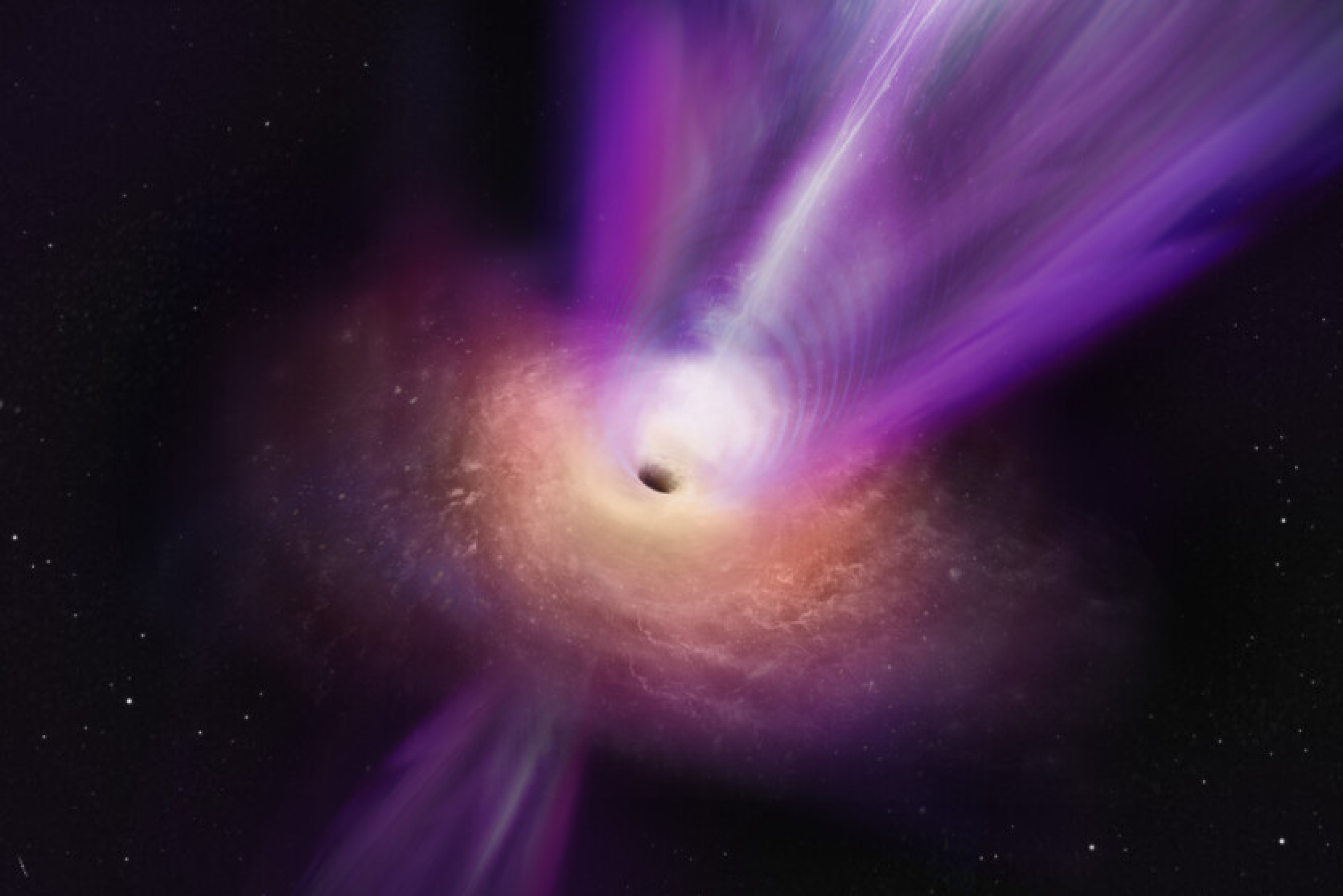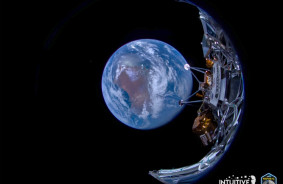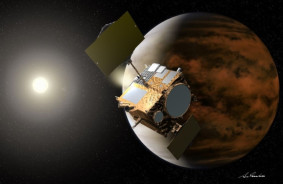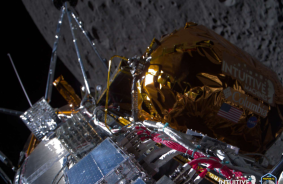The James Webb Space Telescope (JWST) has detected a supermassive black hole in the early universe that was so "hungry" it began to consume its own galaxy.
Typically, galaxies are considered "dead" or "quiescent" when star formation ceases. Scientists have speculated that supermassive black holes at their centers could trigger this premature demise by "clearing out" the gas and dust from galaxies.
JWST captured such a moment, which was later analyzed by researchers from Cambridge. The galaxy in question is GS-10578, also referred to as the "Pablo Galaxy," located 11.5 billion light-years away from us.
"We knew that this galaxy was in a quiescent state and expected there to be a link between the black hole and the cessation of star formation," said team member Francesco D'Eugenio from the Kavli Institute for Cosmology. "However, before JWST, we couldn't study it in sufficient detail to confirm this connection, nor did we know whether this state was temporary or permanent."
GS-10578 has a mass roughly 200 billion times that of the Sun (extremely massive for this phase of the early universe) and produced most of its stars around 11.5 to 12.5 billion years ago.
Utilizing JWST, researchers determined that the black hole at the center of GS-10578 is expelling an enormous amount of gas at a speed of 2.2 million miles per hour (1,500 times faster than the maximum speed of a Lockheed Martin F-16 jet) — an amount sufficient to overcome the gravitational pull of the Pablo Galaxy.
The telescope also identified a new component in the galactic wind, which had not been observed in other active galaxies (this gas formation is colder and denser, hence emits little light detectable by other telescopes).
The team found that the mass of the gas flowing out of GS-10578 exceeded that needed to create the foundation for new stars. This is enough to indicate that the supermassive black hole in this galaxy is gradually "quenching" it.
"We found the culprit," said D'Eugenio. "The black hole is killing this galaxy and keeping it in a state of inactivity by cutting off the 'food' source necessary for the galaxy to form new stars."
JWST's observations largely confirmed previous models of galaxy evolution and the role of supermassive black holes in terminating star formation, but brought some surprises as well. Theories suggested that the end of star formation could have a chaotic and turbulent effect on galaxies, distorting their shapes — however, stars in GS-10578 moved in an orderly fashion, countering the idea that the end would always be like this.
In the future, the team plans to conduct research using the Atacama Large Millimeter Array, which will help determine whether the cool, dense gas remains in the Pablo Galaxy and clarify the influence of the supermassive black hole on the surrounding environment.
"We knew black holes had a profound impact on galaxies and might halt star formation, but until JWST, we could not directly confirm this," the researchers concluded. "This is yet another piece of evidence that the James Webb Telescope represents a giant leap forward in our ability to study the early universe and its evolution."
The team's research was published in the journal Nature Astronomy.
Source: Space.com













Comments (0)
There are no comments for now